Rose John Davis, reviews of the variety, features of its cultivation
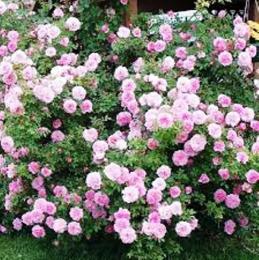
Park varieties roses They are distinguished by their unpretentiousness, resistance to diseases and adverse weather conditions. At the same time, they are not inferior in beauty to expensive capricious species. One of these plants is the John Davis rose, bred in Canada through selective breeding.
Content:
- Description of rose John Davis
- Landing rules
- Features of care, pruning and preparation for winter
- Reviews of rose John Davis
Description of rose John Davis
Rose John Davis in the Encyclopedia of Roses is described as a shrub that can be used for vertical gardening of low fences, balconies, and garden buildings.
The bush is strong and spreading. It reaches a height of 2 m, a width of 2.5 m. The shoots are long and flexible with not too many prickly thorns. The branches stick to the ground as they grow. The leaves are small, bright green, glossy.
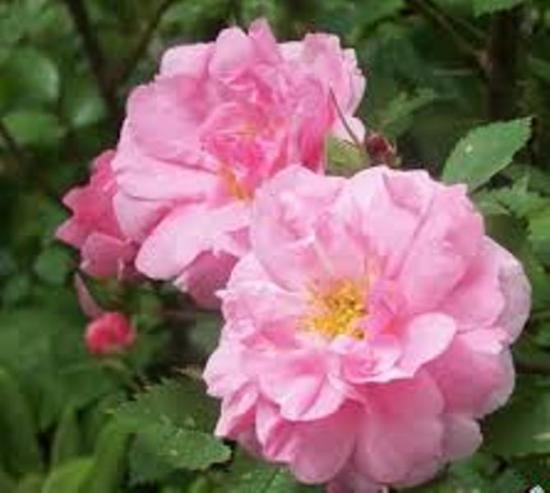
Flowers bloom in clusters of 10-15 pieces. They reach 7-8 cm in diameter. They are semi-double, first lodged, then fully open. At the end of flowering they become almost flat, the bright golden stamens are exposed.
The color of the petals is rich pink with a yellow-beige base. Over time, they fade in the sun to an ashy shade. In partial shade they remain bright all season.
Particularly abundant flowering is observed in the first half of summer. Then it becomes moderate. Continues until late autumn. The plant produces a fruity-spicy aroma.
Variety frost-resistant. Withstands cold temperatures down to -29 C without additional shelter.Resistant to diseases. In unfavorable situations, it is susceptible to infection with powdery mildew and black spot. Virtually no need pruning. Easy to care for.
Landing rules
Planted out rose John Davis from late spring to early autumn. A place for this is chosen that is not shaded, elevated, with sufficient natural lighting. In partial shade, the plant will not bloom as profusely and will be more susceptible to disease.
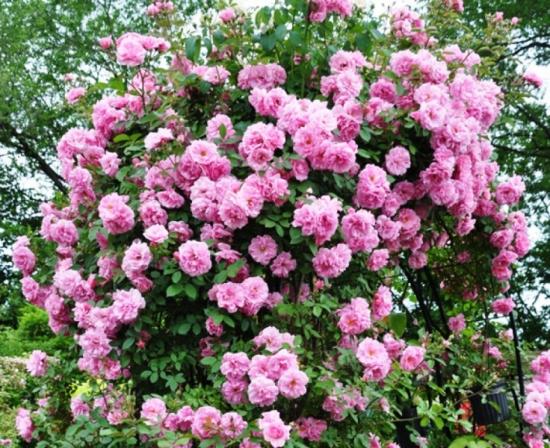
The area must be protected from drafts. Preference is given in moderation sour loose soil.
Single and group plantings are possible. Leave a distance of one and a half meters between the bushes. If the goal is to create a hedge, the gap between shoots is reduced to 50 cm.
The depth of the planting hole should be sufficient for the roots to fit into it in a straightened state. The root collar is immersed in the soil by about 5 cm. A nutrient mixture of humus is placed at the bottom of the planting hole, peat and compost.
The shoots are shortened by two thirds, placed in a hole and covered with earth. The soil around the stem should be slightly compacted. Then the plant is watered at the root, if necessary, add soil and mulch peat.
To make the bush look neat in the future, the rose is planted next to a support, to which the shoots are tied as they grow.
There are several ways to propagate the John Davis rose.
Cuttings
Greens cuttings pruned at the beginning of flowering, woody ones - in the fall. Branches with 1-2 internodes are removed using an oblique cut. For better survival, they are planted in a greenhouse until the root system is formed, and in the spring they are transferred to a permanent place.
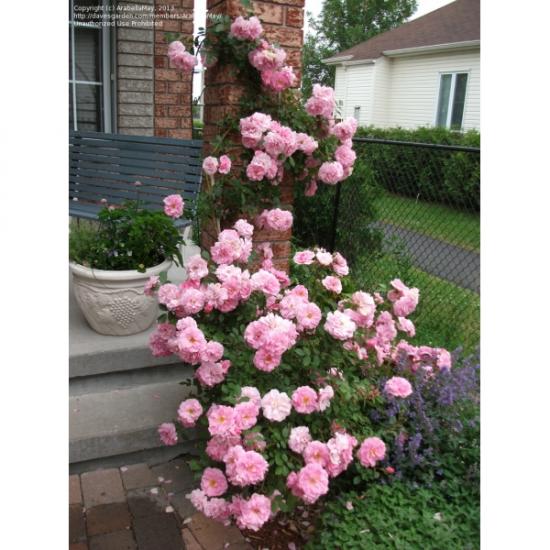
Dividing the bush
In early spring or autumn, after flowering has completed, the bush is dug up and the roots are divided with a sharp tool so that each part has at least one shoot. The resulting bushes are planted in the usual way.
Layerings
In April, the lower branches are bent to the ground and attached to it, covered with soil. Roots will begin to form in the soil of the shoot. After a year, a full-fledged bush will appear, which is separated and transferred to a new place.
Features of care, pruning and preparation for winter
Rose The John Davis variety is unpretentious, frost resistance and ease of cultivation. However, in order for the plant to actively bloom and be healthy, you need to properly care for it.
Watering
In the summer heat, the bushes are watered generously twice a week in the evenings with water at room temperature. By the end of summer, watering is reduced, and in September it is stopped completely.
Weeding
John Davis likes loose soil without weed. Weeds must be regularly removed and the soil loosened.
Trimming
The first two years of plant life only undergo sanitary pruning. In April, branches that have not overwintered are removed, and in September, dried branches are removed. Formative pruning is not necessary. To rejuvenate the plant, the shoots are shortened by half or cut off near the ground.
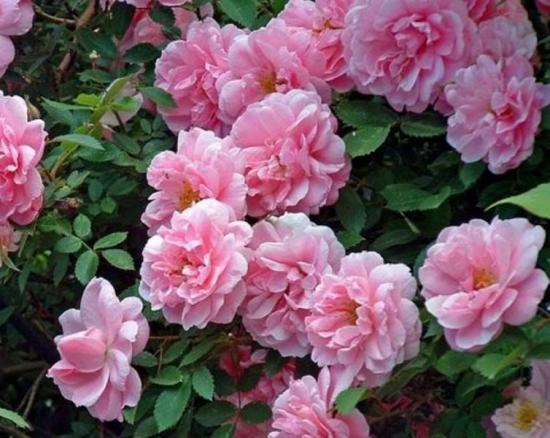
Bushes that are too spreading are thinned out. All types of formative pruning are carried out in mid-spring.
Feeding and fertilizer
In spring, the bushes are fertilized with manure and fed with special products for roses. Used at the end of summer fertilizers to nourish the root system. In September, plants are fed with phosphates. In October, humus is added to the soil.
Care during the flowering period
In the first year, it is recommended to remove the buds all summer, leaving a few in August.Thanks to this, young bushes will not waste energy on flowering. They will survive the winter better and will bloom very profusely in subsequent years.
From the second year of life after the first flowering, roses are watered with a solution containing complex fertilizer, and the leaves are sprayed with monophosphate potassium. This will ensure active flowering until late autumn.
It is important to promptly remove dried flowers.
Preparing for winter
Frost-resistant rose variety John Davis easily tolerates winter. It is enough to hill up the bushes in the fall. In the first three years, you can cover the plants, but this is not necessary. After wintering, the soil near the stem should be leveled and sprinkled with peat.
Reviews of rose John Davis
Gardeners and landscape designers have come to love this variety for its unpretentiousness, stability and abundant flowering. Many people say that John Davis roses look even less impressive in the photo than in reality. It is not surprising that the reviews about this plant are overwhelmingly positive.
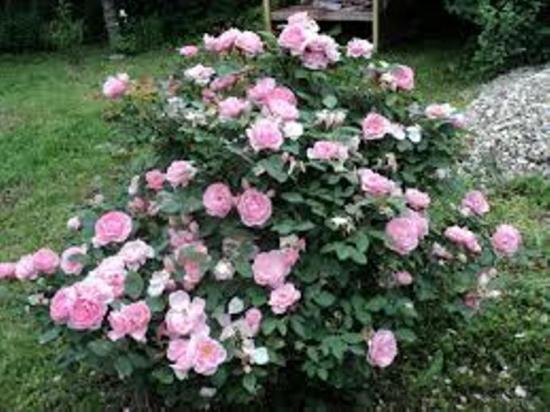
Rose lovers will attest that John Davis is incredibly hardy.
Without shelter it even tolerates Siberian winter. Everyone says that the bush really grows large with a lot of flowers. Flowers do not lose their attractiveness even in heavy rains. Every year the plant gets better.
Some owners of this variety also note its disadvantages. They say that abundant flowering quickly stops, and by the end of summer there are practically no flowers left. Some complain about the lack of aroma.
But experienced gardeners say that if a rose is planted in a well-lit place and properly cared for, it actively blooms until frost, and the fragrance is quite strong, especially in the summer heat.
Roses John Davis varieties will decorate any garden and plot. They look great in individual bushes, compositions, hedges and vertical gardening.
These plants tolerate harsh Russian winters well and delight with their beauty for many years.
We invite you to watch a video about the best varieties of frost-resistant Canadian roses:

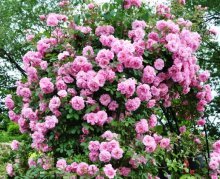
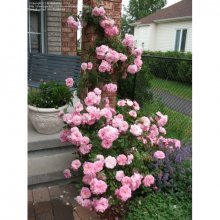
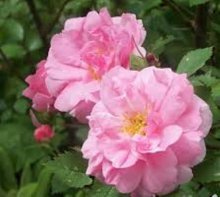
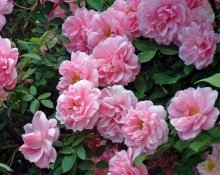
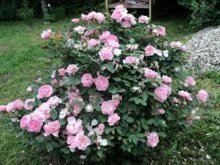


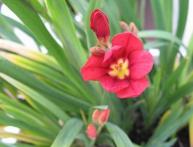
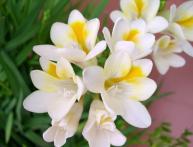
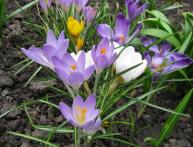
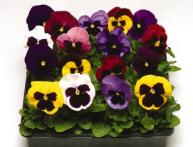

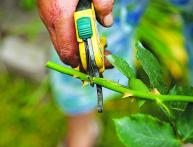
Comments
We love park varieties of such roses, as they are not whimsical and their care is very simple. The main thing is to cover them for the winter and be sure to trim them in early spring to prevent frostbitten ends.
Gregory30 I completely agree with you. We cover roses simply. At the start, from the ground up, we go up and wrap it in women's tights, but the bush itself is wrapped in black synthetic material, not woven.